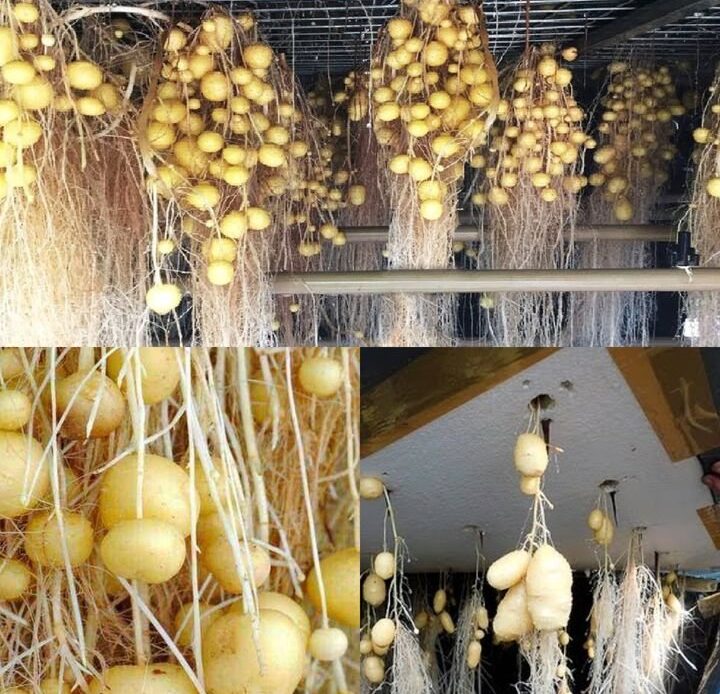Potatoes are a staple crop worldwide, traditionally grown in soil. However, **aeroponic cultivation** is revolutionizing how potatoes are produced—allowing them to grow **without soil, using only air and nutrient mist**. This method is not only more efficient but also **yields cleaner, healthier potatoes** with less space and fewer resources.
If you’ve ever wondered how to **grow potatoes without soil**, this **step-by-step guide** will introduce you to **aeroponic farming**, its benefits, and how you can apply it at home or commercially. Whether you’re an urban gardener or a commercial farmer, **aeroponics could be the future of sustainable potato farming**.
## **🌱 What is Aeroponic Potato Cultivation?**
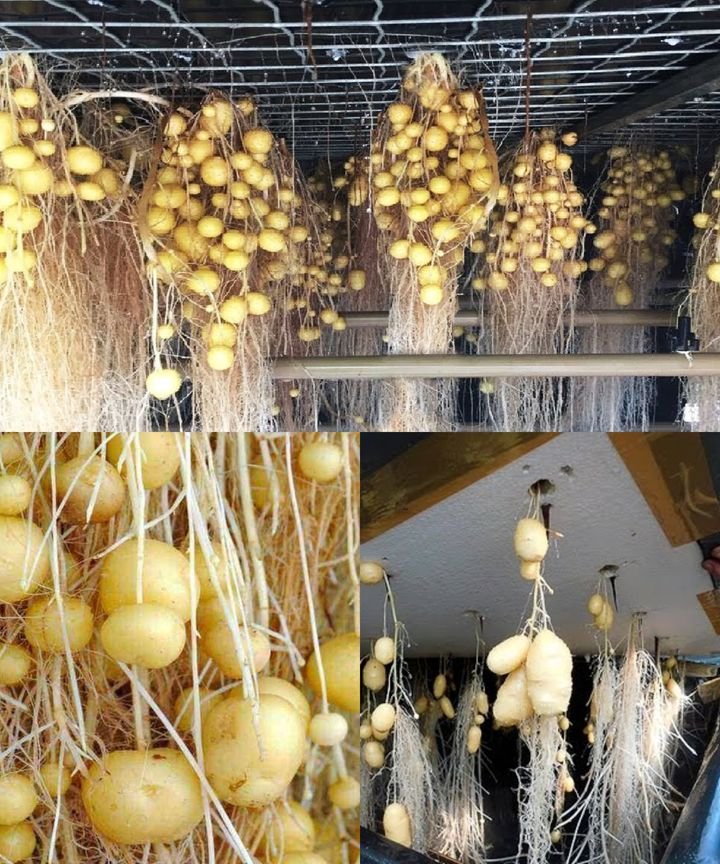
Aeroponics is a **soilless growing technique** where plants are suspended in the air, and their roots are regularly misted with a nutrient-rich solution. Instead of relying on soil for nutrients, the plants absorb everything they need directly from the mist.
For potatoes, aeroponic farming allows **higher yields**, **faster growth**, and **better disease control** compared to traditional soil-based methods. It also offers a **space-efficient and sustainable** alternative to conventional agriculture.
## **💡 Why Grow Potatoes Using Aeroponics?**
Aeroponics offers **several advantages** over traditional soil farming, making it a **superior method** for growing potatoes.
### ✅ **Higher Yields**
Potatoes grown aeroponically **produce more tubers** per plant than those grown in soil. This is because the roots receive a **consistent supply of oxygen and nutrients**, optimizing growth.
### ✅ **Faster Growth Rate**
Without the resistance of soil, potatoes **grow faster** since nutrients and water are delivered directly to the roots, leading to **quicker tuber development**.
### ✅ **Reduced Risk of Disease & Pests**
Soil often harbors **fungal infections, bacteria, and pests** that can damage potato crops. Aeroponic systems eliminate soil-related diseases, leading to **healthier, disease-free plants**.
### ✅ **Space Efficiency – Perfect for Urban Farming**
Aeroponic systems are compact and **can be used in small spaces**, such as greenhouses, rooftops, or vertical farms. This makes them ideal for **urban gardening** and areas with limited farmland.
### ✅ **Saves Water & Nutrients**
Aeroponics uses up to **95% less water** than traditional farming because the nutrient mist is **recycled** within the system. This makes it an **eco-friendly solution** for water-scarce regions.
### ✅ **Cleaner & Easier Harvesting**
Since potatoes grow **without soil**, harvesting is as simple as removing the tubers from the system—no need for **digging, washing, or removing dirt**.
## **🛠️ Materials Needed for Aeroponic Potato Cultivation**
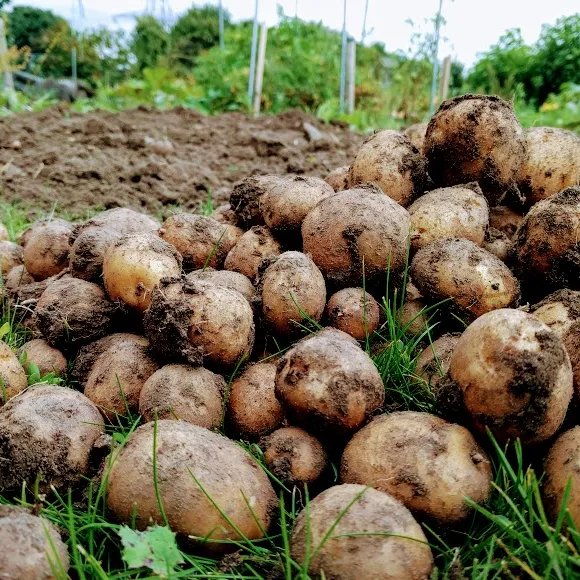
Before starting, you’ll need the following materials:
✔ **Aeroponic system** (Commercial unit or DIY setup)
✔ **Potato tubers or cuttings** (Disease-free and certified)
✔ **Nutrient solution** (Balanced for root and tuber growth)
✔ **pH testing kit** (To maintain the correct pH level)
✔ **pH adjusting solutions** (To correct acidity or alkalinity)
✔ **Net pots** (To hold potato plants in the aeroponic system)
Once you have everything ready, it’s time to set up your aeroponic system
## **📋 Step-by-Step Guide to Growing Potatoes Aeroponically**
### **Step 1: Setting Up the Aeroponic System**
Aeroponic systems come in different designs, but the basic components include:
✔ **A chamber** to hold plant roots suspended in air
✔ **A misting system** to deliver nutrients to the roots
✔ **A reservoir** to hold the nutrient solution
✔ **A pump and timer** to regulate misting intervals
If you’re using a **DIY aeroponic system**, make sure the chamber is **sealed** to maintain **humidity and root moisture**.
### **Step 2: Preparing the Potato Tubers**
✔ Select **healthy, disease-free potato tubers**.
✔ Cut them into **seed pieces**, each with at least one **”eye”** (sprout).
✔ Allow the cut pieces to **cure** for 1-2 days before planting.
✔ Place the tubers **in net pots**, positioning them so the sprouts are facing upwards.
### **Step 3: Planting the Tubers in the Aeroponic System**
✔ Insert the **net pots into the aeroponic chamber**.
✔ Ensure the tubers **hang freely** inside the misting chamber.
✔ Close the system to **keep light out**—potato roots develop best in **dark conditions**.
### **Step 4: Preparing the Nutrient Solution**
✔ Use a **balanced hydroponic fertilizer** suitable for potatoes.
✔ Maintain a **pH level between 5.5 and 6.5** for optimal nutrient absorption.
✔ Fill the reservoir with the nutrient solution and **connect it to the misting system**.
### **Step 5: Misting & Monitoring Growth**
✔ Set the **timer** to mist the roots **every 5-10 minutes**.
✔ Regularly check the **roots and tubers** for signs of growth.
✔ Ensure the **temperature remains between 65-75°F (18-24°C)**.
✔ Monitor for **nutrient deficiencies** and adjust the solution if needed.
### **Step 6: Managing Growth & Preventing Issues**
🚫 **Check for clogged nozzles**: Keep the misting system clean to ensure proper nutrient delivery.
🚫 **Prevent root rot**: Ensure good air circulation to **avoid excess moisture buildup**.
🚫 **Control humidity levels**: Maintain a humidity range of **70-80%** for best growth.
### **Step 7: Harvesting Your Aeroponic Potatoes**
✔ Potatoes are ready for harvest in **8-12 weeks**.
✔ When the **plant’s foliage begins to yellow and die back**, it’s time to harvest.
✔ Simply **open the chamber and collect the tubers**—no need for washing or scrubbing dirt
## **🌍 The Future of Sustainable Potato Farming**
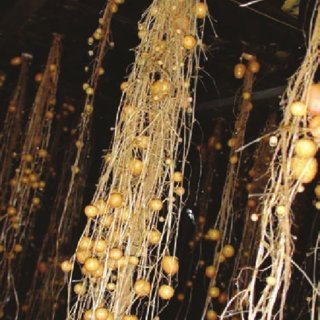
As the world faces **climate change, water shortages, and soil degradation**, aeroponics is emerging as a **game-changer in agriculture**. This method allows **sustainable, high-yield potato production** in urban settings, deserts, and even space
🔹 **NASA has tested aeroponics** for growing food in space, proving its potential for **future space missions**.
🔹 **Commercial farms are adopting aeroponics** to increase yields while reducing environmental impact.
🔹 **Home gardeners** can now grow fresh, clean potatoes **year-round, indoors or outdoors**.
## **🌟 Is Aeroponic Potato Farming Right for You?**
Aeroponics is an **exciting innovation**, but is it right for you?
✔ **Best for Urban Gardeners & Small Spaces** – Grow potatoes without needing a backyard.
✔ **Ideal for Commercial Growers** – Increase yields while reducing costs.
✔ **Great for Sustainability Enthusiasts** – Save water, reduce soil degradation, and grow food more efficiently.
While aeroponics requires **an initial setup cost**, the long-term benefits **outweigh the investment**—especially for those looking to **maximize food production in limited spaces**.
## **🥔 Final Thoughts: The Future of Soil-Free Potato Farming**
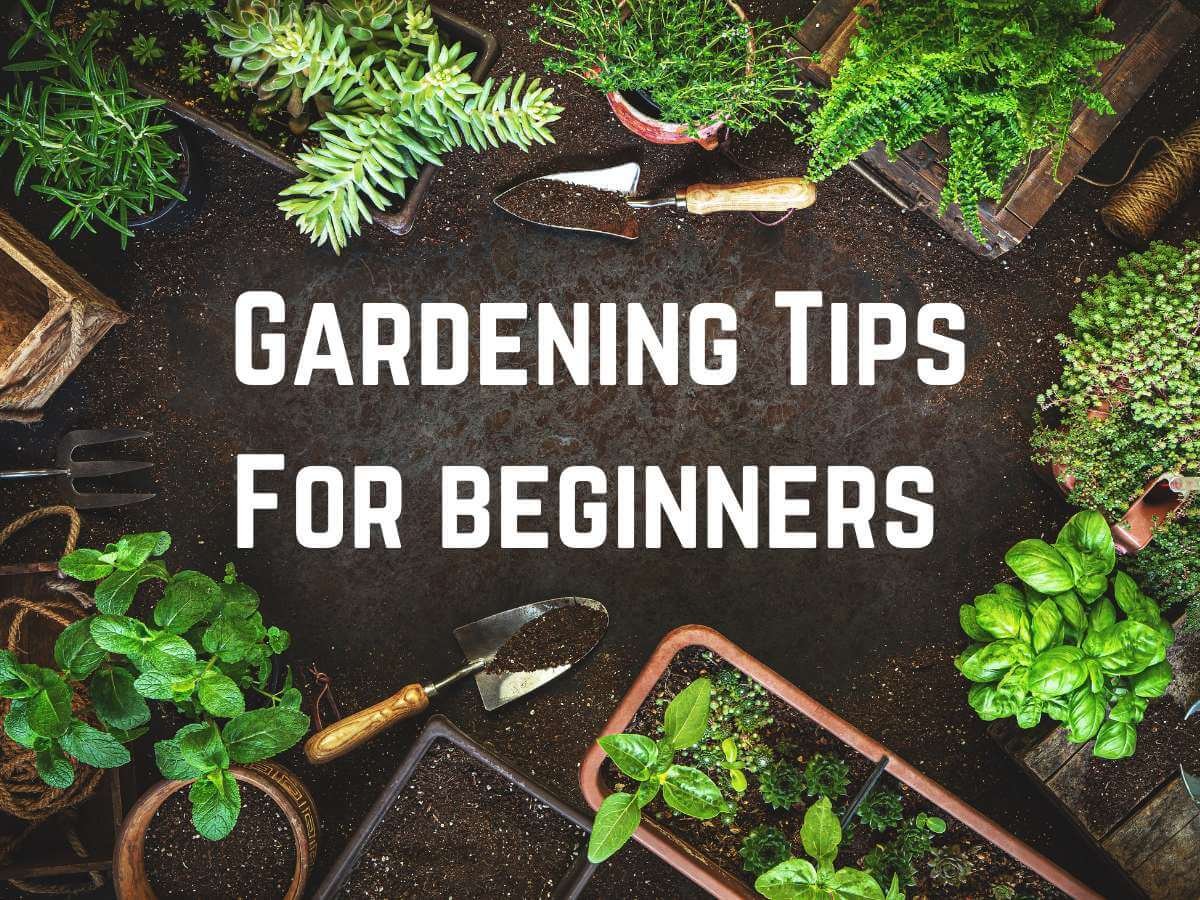
Growing potatoes **without soil** may sound futuristic, but **aeroponics is already proving its effectiveness worldwide**. By **using less space, water, and resources**, this method is helping **farmers, gardeners, and researchers** grow food more sustainably.
Now that you know **how to grow potatoes using aeroponics**, why not **give it a try**? You could be **part of the next agricultural revolution** 🚀🌱
🌿 **Happy growing** 🌍💧
